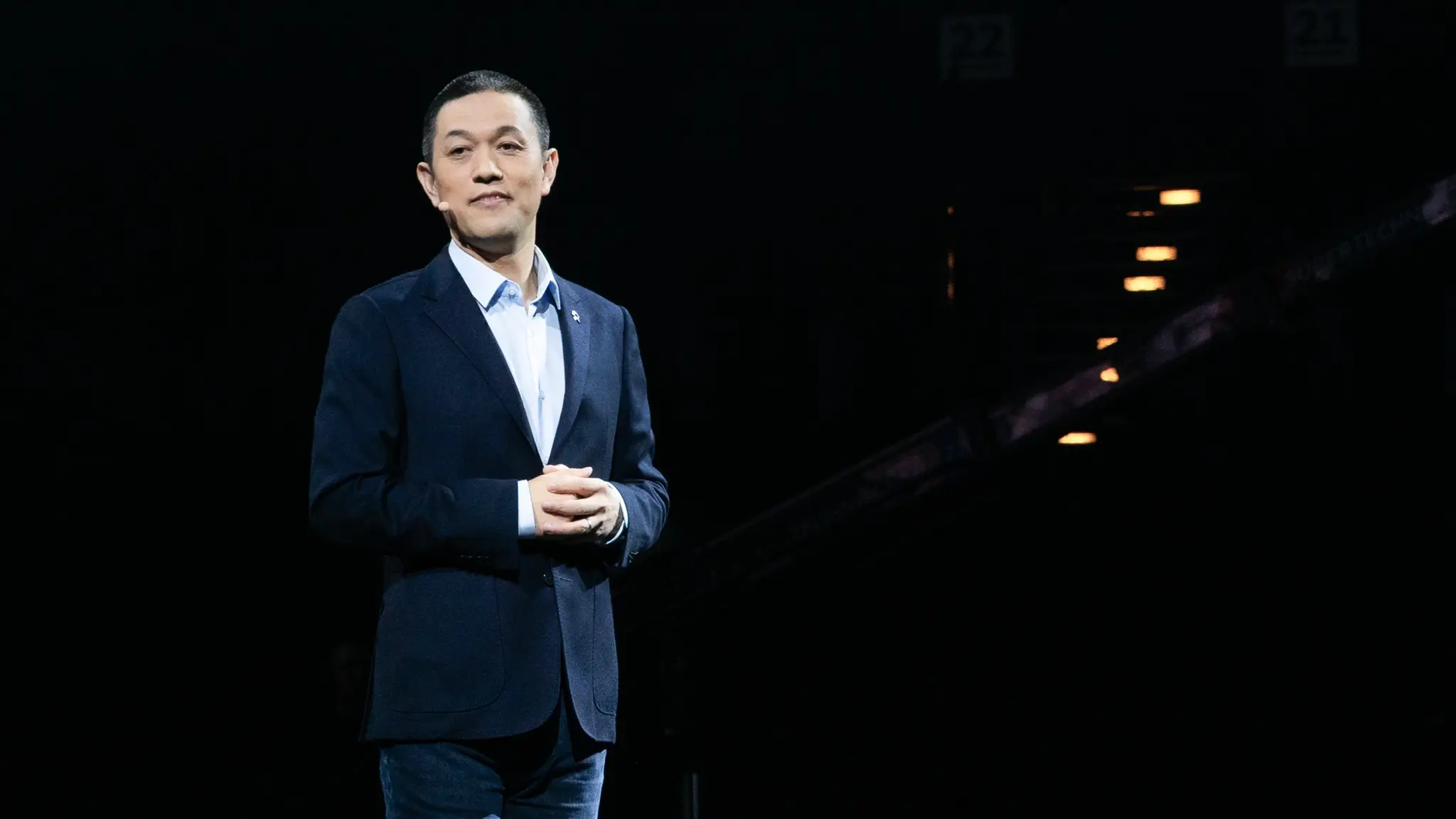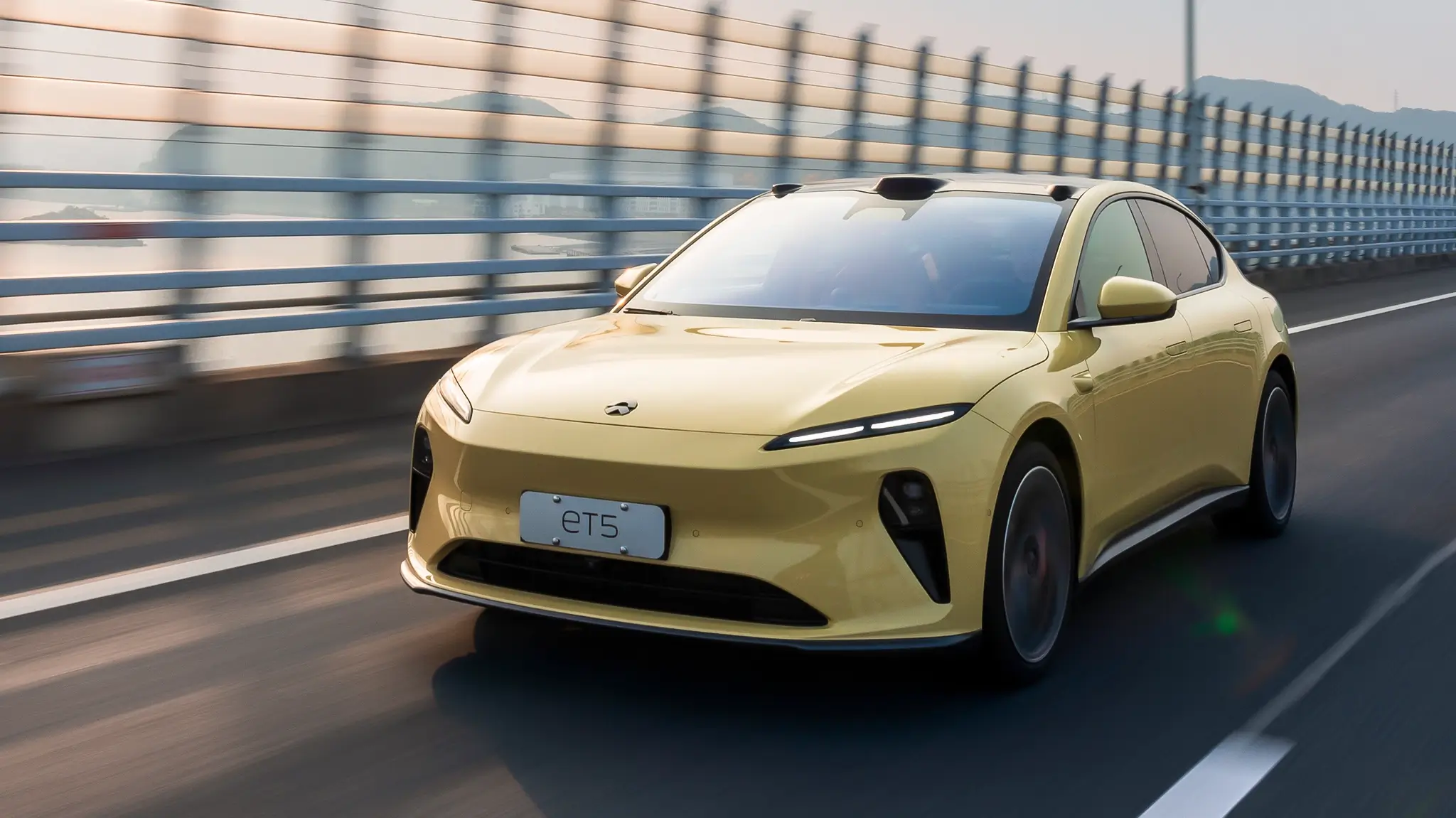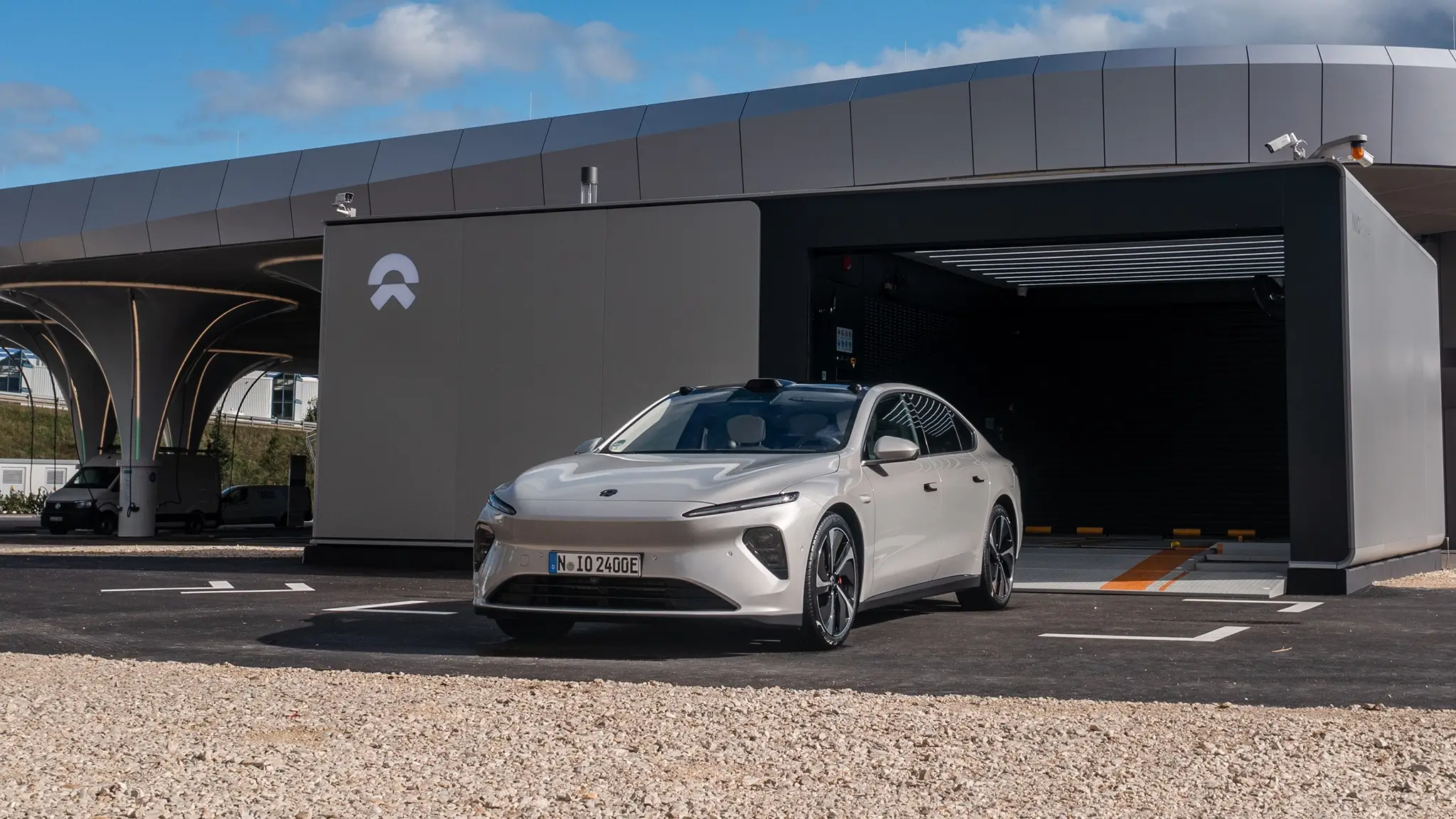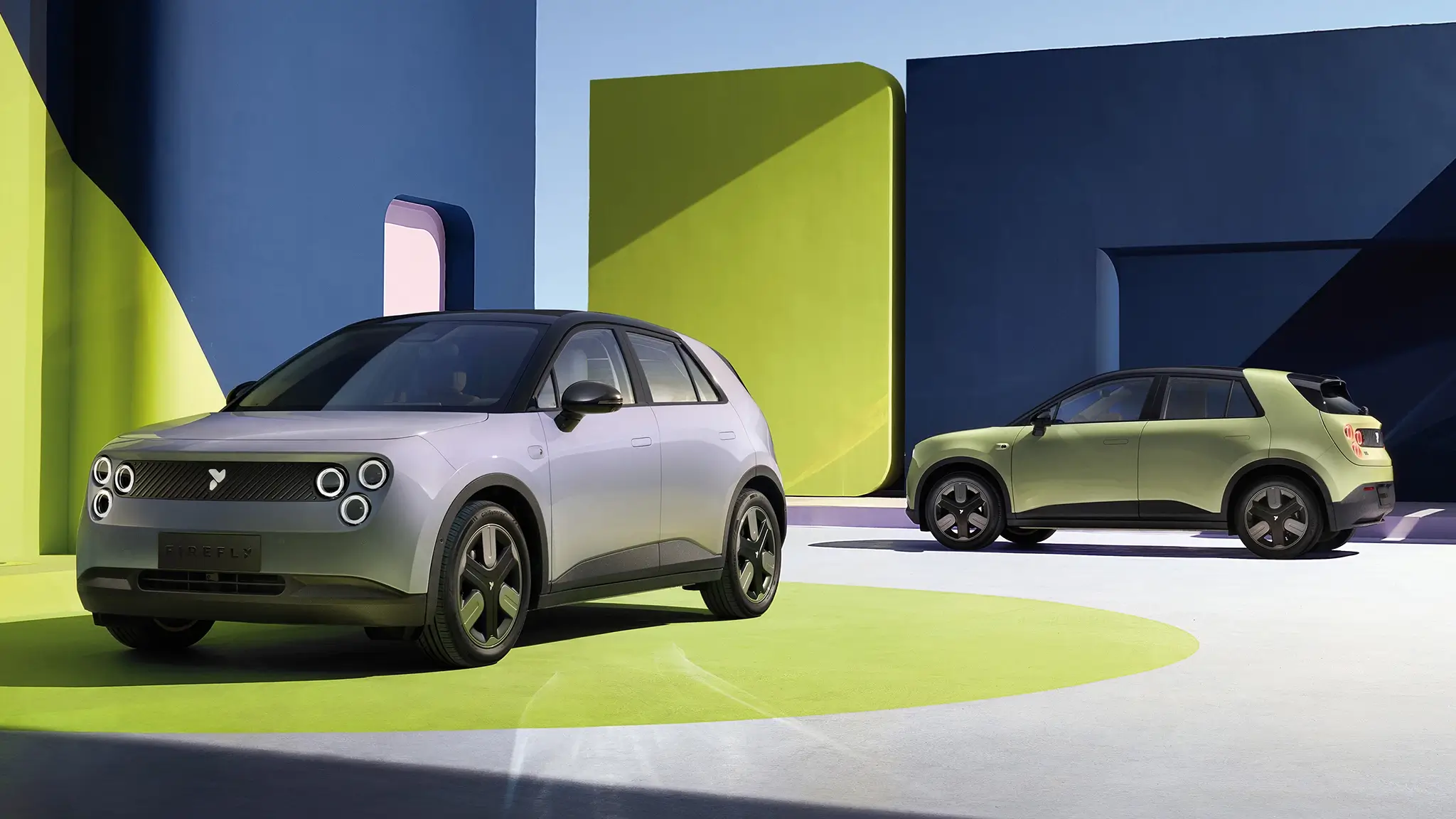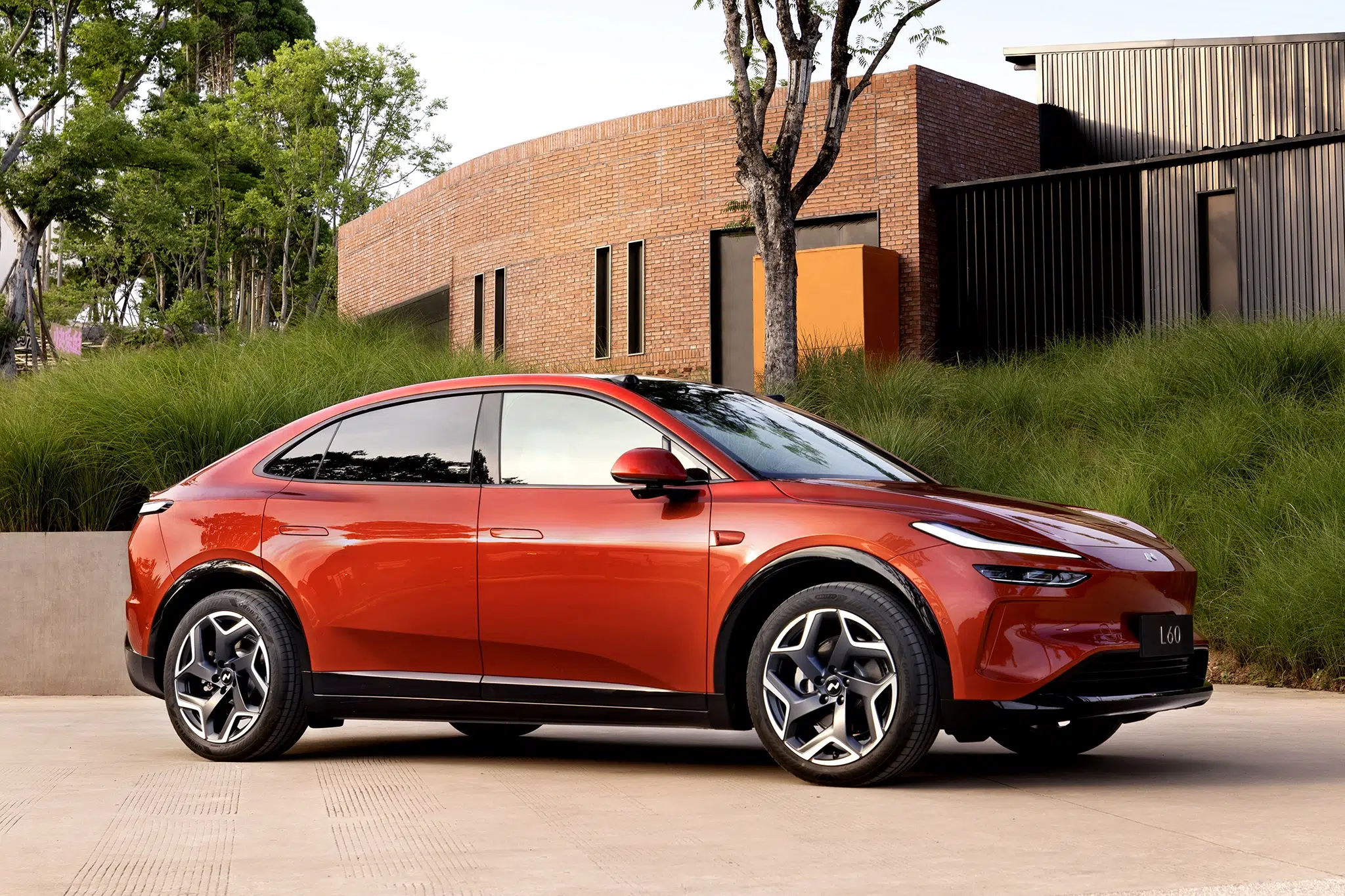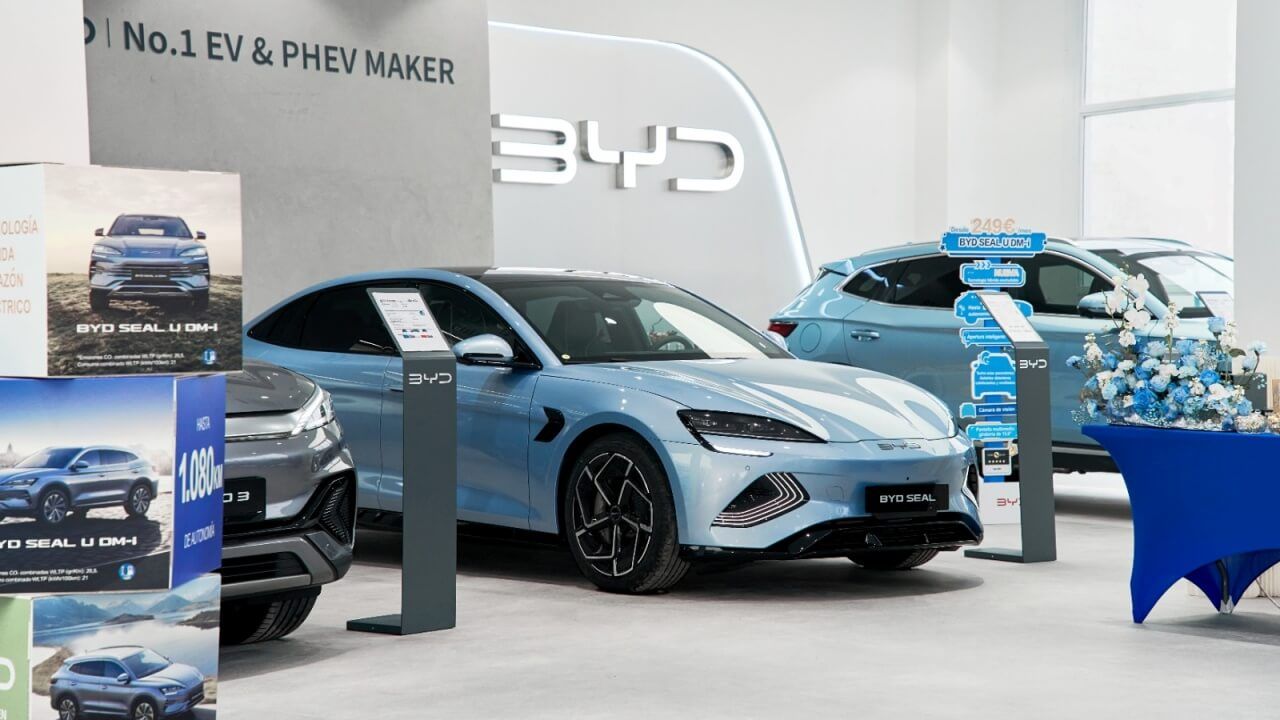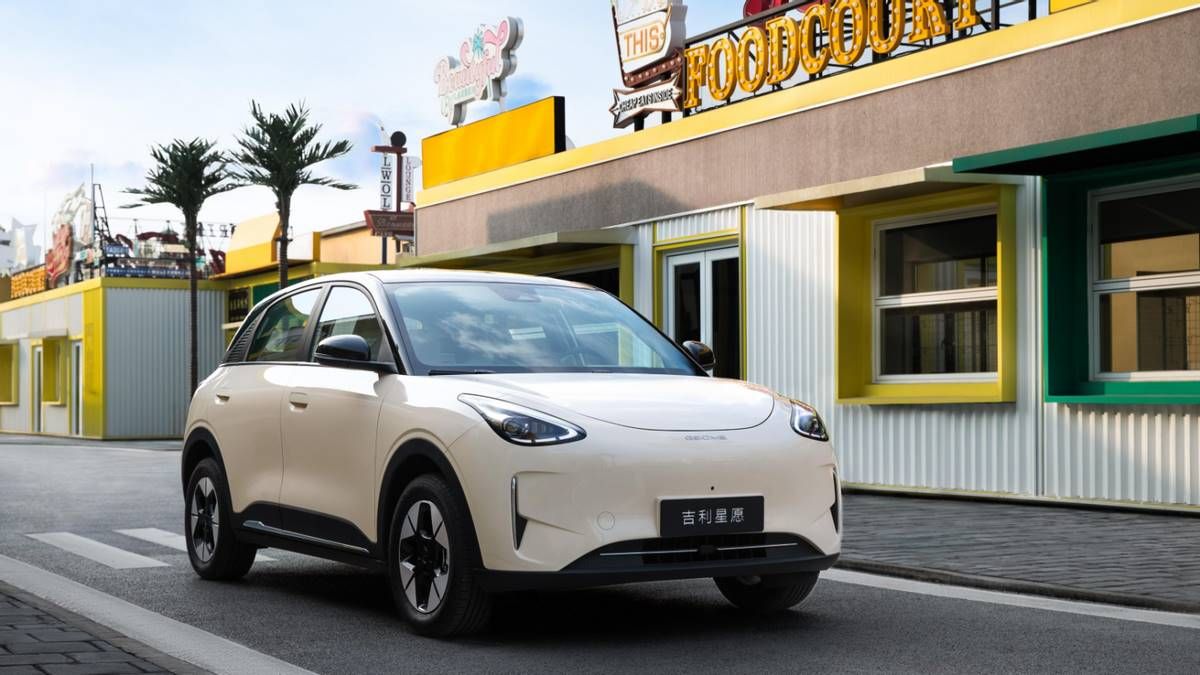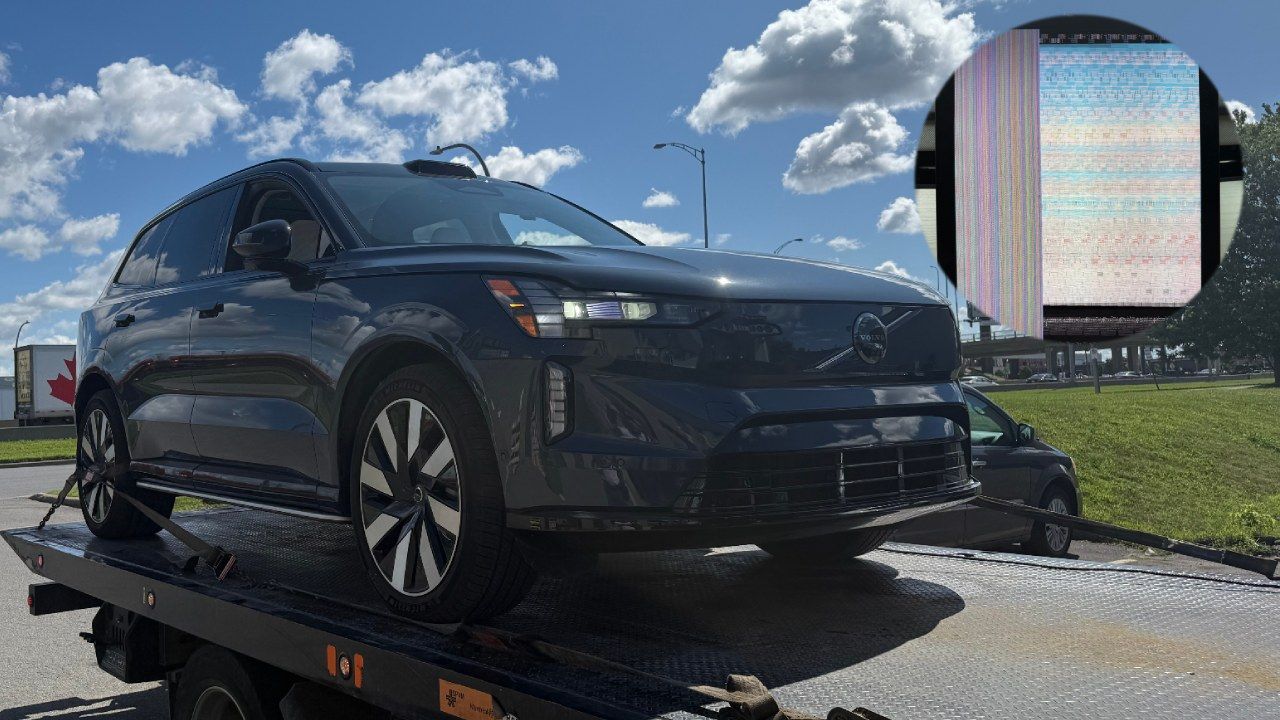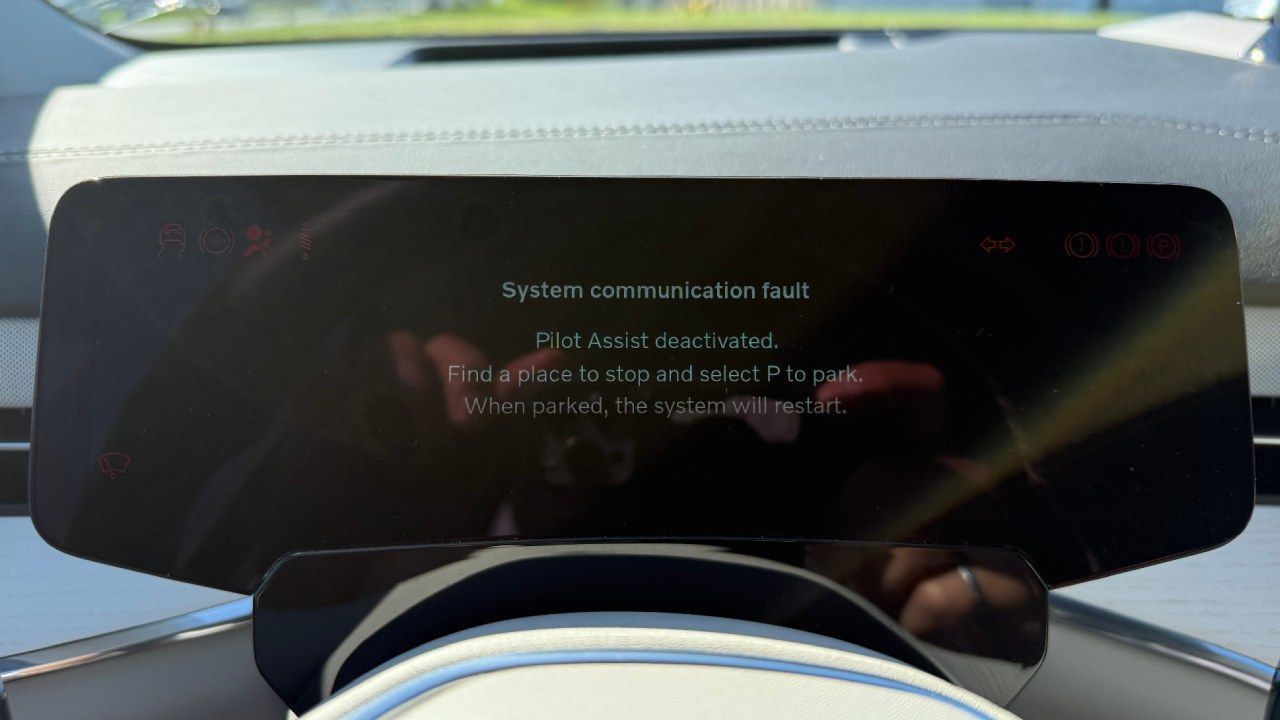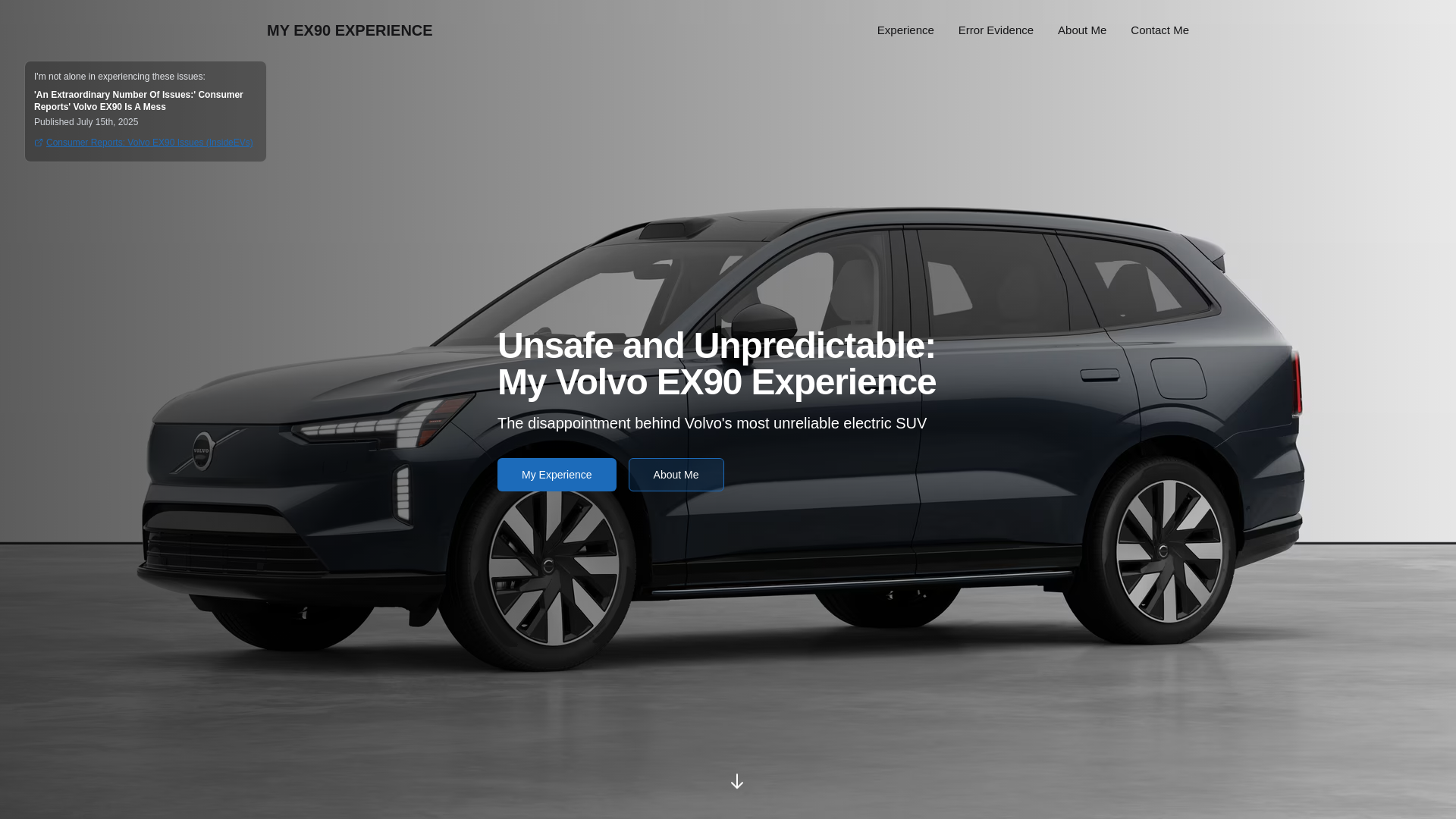The ambitions are many, but the difficulties have been even greater. We interviewed William Li, CEO of NIO, one of the most disruptive Chinese brands of the last decade.
07.03.2025, 18:18
NIO's growing pains continue. Considered since its founding in 2014 as the “Chinese Tesla” due to its disruptive business model (battery swapping), focus on 100% electric vehicles and autonomous driving systems, this brand has undergone several fluctuations over the last few years.
In China, for example, sales have been progressing slowly and in Europe they are in need of a strong push. A push that already has a name:
Onvo and
Firefly . Two brands whose objective is to increase sales of this Chinese manufacturer.
When I founded NIO, China was experiencing a period of exponential economic growth and we hardly needed the overseas market.
William Li, CEO of NIO
We interviewed William Li, CEO and founder of NIO, who told us about the brand's plans for different markets and the possibilities of building factories in Europe. For now, the plan is less ambitious: to put the accounts in the “green” by 2026. The automotive industry is changing and NIO is trying to keep up with this change without “losing the way”.
© NINEA technology and mobility entrepreneur, before founding NIO, William Li gained experience at Bitauto, one of the largest online automotive service platforms in China.
Founded NIO in 2014. What has changed in the world in the last decade?
William Li: It has changed immensely. Relations between countries and global business were closer. When I founded NIO, China was experiencing a period of exponential economic growth and we hardly needed the external market, but today, macroeconomics has a much greater impact on the company and this was knowledge that we did not have at the time (just as Chinese entrepreneurs of my generation did not have) and that we have acquired.
When we went public in 2018, we fell short of our expectations as we were unable to secure sufficient funding in the US, leaving us in a difficult situation in 2019, from which we were only able to emerge thanks to enormous resilience.
© NINE
NIO ET5. The model that aims to rival the Tesla Model 3.
We want to become a global company, serve more users and community, invest in R&D (research and development) and nurture our ecosystem, which consists of product, technology, service and community.
Our direction has not changed, but when it comes to the action plan, there is much room for improvement, with the absolute need to adapt more quickly to deal with external changes, especially market ups and downs. And, above all, avoid constant changes in strategy, otherwise we will lose our way.
The NIO community in China is impressive, and in Europe they are just taking their first steps. How can they aspire to be truly global without a presence in the United States?
WL: From the beginning, we have had an R&D department in San Jose, California, where almost 200 people currently work. The North American market is very lucrative and will always be on our horizon, but there are many political and legal implications. At the moment, our focus is on succeeding in the Chinese market and only if we do so will we be able to move towards a global dimension. Something that shouldn't happen before 2028.
After a launch phase with promising expectations, the current situation is not so positive, with commercial results below expectations. In addition to expecting an increase in sales, does NIO have plans to reduce costs?
WL: Between 2022 and 2024 we will launch our second product cycle, vehicles that came to replace those from the first cycle, in which we made some mistakes, which is normal considering that we are a new brand and a new car manufacturer. We learn from them. But we were also hit by unexpected external issues, such as the rising price of lithium and the impact of the pandemic.
Now, with the arrival of the ET9 and the new Onvo and Firefly brands, optimism is back in our company, especially since
free cash flow was positive in the second half of 2024. We are confident that we will be able to double our sales in 2025 and become a profitable company in 2026.
If you could go back three years in time, what decision would you change?
WL: If I could, I would change several decisions at NIO. The most important, perhaps, would be the way we implemented the network of battery exchange stations, a process that should have been more dynamic and more intensive, so that the lack of this fundamental infrastructure never had a negative impact on sales.
© NINEPictured is one of NIO's battery swapping stations in Europe.
We are accelerating the expansion of this network, and by the end of 2026, most districts in China will have at least one battery swapping station (two years behind schedule, in my opinion).
NIO has announced a cooperation with CATL for battery swapping services. How will this agreement work and how will it develop its network of battery swapping stations in Europe?
WL: CATL has been investing in the battery exchange sector for several years and, realizing its enormous potential, has recently increased its investment. In China, this infrastructure is increasingly widespread. We have the capacity to install 200 battery exchange stations per month, which will be 2,000 more throughout 2025.
In Europe, the network rollout is slower, especially in the case of NIO, while Firefly stations will be much simpler and faster to install. We already have an assembly plant for battery replacement stations up and running in Hungary.
Will it be possible to make battery exchange stations profitable by partnering with other electric car manufacturers?
WL: We started investing in the grid in 2018, but for other electric car manufacturers it is a decision that requires a lot of consideration, given that it involves changing the batteries. We are in discussions with other manufacturers to make this happen, but it is something that presupposes changes in technology and business models.
When we look at cloud services — whether Google, Microsoft, Amazon, Tencent, Alicloud, or ByteDance — we see that the service always starts with the growth of its own capacity and only then gradually opens up to third parties, until it becomes an independent business. I think something similar will happen in the area of battery replacement.
There seem to have been problems with the availability of BYD batteries, which affected Onvo's production and which would be compensated with more batteries from another supplier, CATL. Does this jeopardize your goal of manufacturing 20,000 Onvo L60s by March?
WL: Our production plan for Onvo at the Hefei plant has always been to use only BYD 60 kWh batteries by the end of October, and from November onwards we would have enough CATL 85 kWh batteries.
Since the beginning of December, we have had three battery suppliers and this issue has been overcome. We delivered 10,000 Onvos between October and November, 10,000 in December and we will reach those 20,000 next March.
It is well known that Europe and its market of four million compact cars per year were a «target» for his company. What changed with the imposition of tariffs?
WL: Tariffs affect our business plan, yes, because they crush profit margins. But I still think that Firefly will be competitive, as it is preparing to launch intelligent electric models with very modern technology, which ends up being the showcase of a decade of our investments in R&D, which makes us very confident.
In the first half of this year, we will enter several markets, with selected partners in each country, who will be responsible for sales and services locally.
Is producing locally in Europe a solution to get around the tariffs implemented on “made in China” vehicles?
WL: It's something we have to live with and it even hurts European consumers, who no longer have as many options to choose from. If our sales in Europe reach a significant volume, building the cars locally makes sense, both in terms of tariffs and in terms of reducing costs and transport times.
In China, it only takes two to three weeks from the moment a vehicle is pre-ordered to its delivery to the customer, and this reduced time allows us to work with very small stocks.
When we manage to sell around 100,000 cars in a year in a given region, we have the ideal economic model to start local production. It is difficult for NIO to achieve this number in Europe because it is a high-priced brand, but with the launch of the new Onvo and Firefly brands, the scenario changes quite a bit.
Design is always one of the highlights of NIO models, but now the Firefly has front headlights that are causing a lot of discussion and displeasing many potential customers. Is it possible to change them?
WL: We are aware of this discussion and knew they would cause controversy from the day we approved them with the style department. It’s not easy to achieve a striking
design in a small car, but that’s what we want with the Firefly philosophy: “Bright, Solid, Thoughtful.”
© FireflyThe first model from NIO's new brand: the Firefly.
Some people like it, others don't, but the most important thing is that it is in line with the values we want to create for the brand.
After the first experience of driving an Onvo, the idea remains that it could be a model from the NIO brand, so positive was the impression left. How will the differentiation between Onvo and NIO be made?
WL: An Onvo will be more affordable, yes, but it will still have a lot of quality. In terms of driver assistance systems (ADAS), just to give an example, the Onvo will not have the most advanced LiDAR, but rather a purely visual system and, therefore, with simpler technological support.
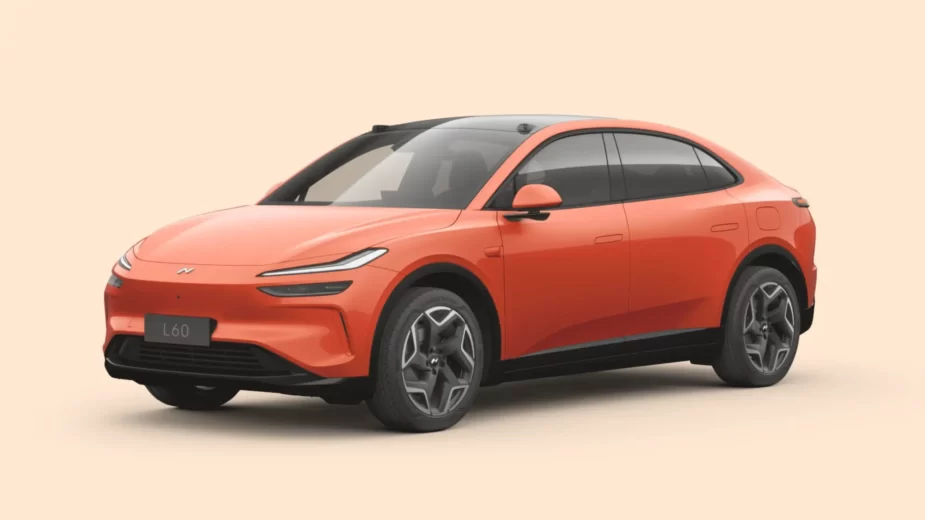
On the other hand, when we look at Onvo's first sales data in China, we see that only 2% of customers exchanged a NIO for an Onvo, with the acquisition rate being much higher when we consider
Tesla .
A growing number of Chinese manufacturers are stepping up development of semiconductor chips, something that requires a lot of know-how and resources. What does this mean for the future? Are there still problems in the popularization of China's semiconductors?
WL: Chip development is, above all, a business decision. We are Nvidia's largest autonomous driving
chip customer (200,000 NIOs are equipped with four autonomous driving
chips each, which represents a huge investment).
From a financial perspective, we are using the R&D investment to eliminate part of this cost in the future and also for our company to acquire this fundamental technological
know-how .
Defining
chips based on our intelligent driving algorithms and models and adapting them to our specific needs can significantly change their performance, as evidenced by the fact that our technology is already ahead of what exists on the market.
© OnvoThe L60 is the first model from the new Onvo brand.
This supremacy is crucial to the performance of autonomous driving systems and, consequently, this approach not only increases our gross margins but also improves the user experience.
Furthermore, we observe that
chips are increasingly entangled in political issues. From a supply chain risk management perspective, it is essential to handle this situation prudently. However, we must consider commercial viability, from a business perspective.
If a
chip produced in China has poor quality at a high cost, it is no longer viable because the quality-cost ratio is unacceptable. Vice versa, if the
chip is of high quality and reasonably priced, we would certainly consider using it.
Will NIO fully assume the status of “Chinese Tesla”?
WL: If you look at the numbers, Tesla's Model S and Model X are selling very poorly in China, where the focus is more on the Model Y and Model 3. Tesla's massification has really happened with the more affordable cars. With the arrival of our Onvo L60 (direct competitor of the Y) we will surely become direct rivals.



